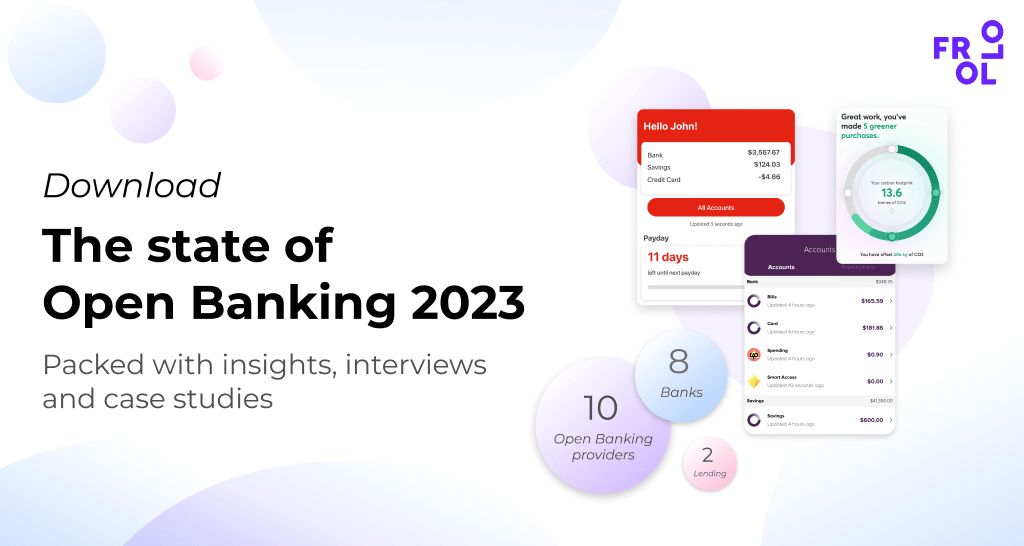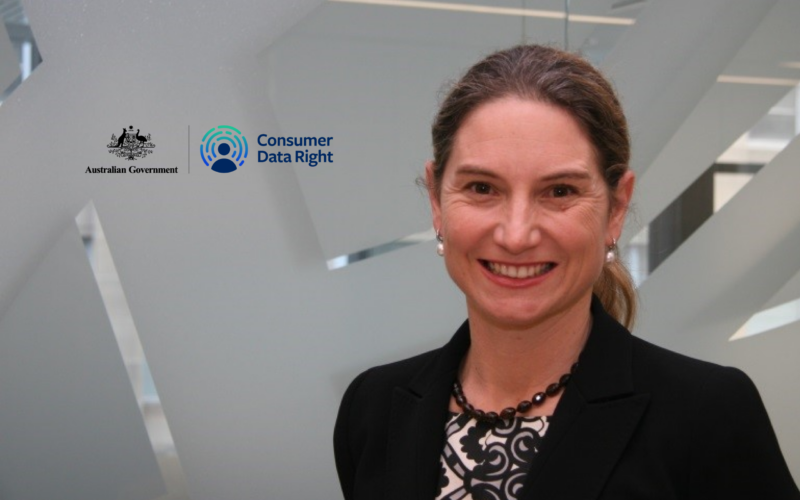Kate O’Rourke is the First Assistant Secretary of the Consumer Data and Digital Division at the Commonwealth Treasury.
Her team works to deliver the Consumer Data Right through strategic policy and rules development, legislation and program management. They work in close partnership with the Data Standards Body, the ACCC and the Office of the Australian Information Commissioner.
The Division also leads digital policy development and implementation, including eInvoicing and Modernising Business Registers.
[The CDR] is a large-scale, long-term economic reform that will take time and continued collaboration to achieve its full potential.
Kate O’Rourke (Treasury)
Two years into the Consumer Data Right (CDR), how do you see the progress to date?
Enormous progress has been made to date. Following its launch in banking, the CDR will expand to the energy sector this year, with telecommunications and open finance to follow.
Bringing a new sector into the CDR framework requires extensive assessment and consultation, as well as rigorous accreditation and onboarding for businesses.
Building the CDR requires strong partnerships between government and industry, and the progress we’ve seen is the result of immense work, close collaboration and enthusiasm from stakeholders. We’re particularly excited about how many fintechs are participating in the CDR.
In a nutshell – I’m pleased with the scale of our progress but also mindful that the CDR is just getting started. It’s a large-scale, long-term economic reform that will take time and continued collaboration to achieve its full potential.
With regards to the banking sector, are there any areas the CDR needs to improve on?
While open banking started in July 2020, implementation has been steady, with staggered timeframes for sharing different types of data. Now, most Australian banking consumers can benefit from the CDR, with nearly 100% of market share covered by CDR data-sharing.
In that time, we’ve made improvements to the CDR to accelerate open banking, for example, by reducing the cost of full participation to encourage new entrants and by enabling consumers to share data from joint accounts.
A current priority is to maintain and improve data quality. As a CDR regulator, the ACCC is working closely with participants on data quality and actively monitoring performance.
How do you view the government’s role in helping consumers understand that the CDR provides a secure way to share their financial information (amongst other benefits)?
The government established the CDR because it recognised that giving Australians the ability to safely share their data would benefit households as well as the broader economy.
Going forward, it’s important to increase awareness of the CDR as the safe way to share data and build trust and confidence in the security and privacy at the core of the system.
The CDR will revolutionise the way we understand and use our data, putting consumers in control. It will spur innovative products and services that we can’t yet imagine, while driving competition across the economy.
Kate O’Rourke (Treasury)
As an economy-wide initiative, what’s next for the CDR?
An important next step for the CDR is action initiation – that is, allowing consumers to instruct a business to perform actions on their behalf, with their consent. This could include making automatic payments towards a savings goal or comparing electricity prices, then switching providers. Action initiation would give consumers greater control over their data and forms a key component of a future digital economy.
Work is also underway to expand the CDR to non-bank lenders as the first step towards open finance, which will also include the superannuation and general insurance sectors.
What excites you most about the CDR?
I’d have to say the transformational and ambitious nature of the reform. The CDR will revolutionise the way we understand and use our data, putting consumers in control. It will spur innovative products and services that we can’t yet imagine, while driving competition across the economy.
It’s also the most ambitious framework of its kind in the world. While other countries are implementing data portability schemes, Australia is the only country to have committed to an economy-wide framework.
What do you hope the CDR looks like five years from now?
The CDR is at the centre of Australia’s digital economy, with a wide range of innovative products and services available to consumers. Everyday administrative tasks are made seamless, and Australians are benefiting from greater choice and competition.
This interview is part of ‘The State of Open Banking 2023′, an industry report by Open Banking provider Frollo. The report provides a pulse check of the Australian Open Banking industry, an overview of exciting new use cases and interviews with experts.











